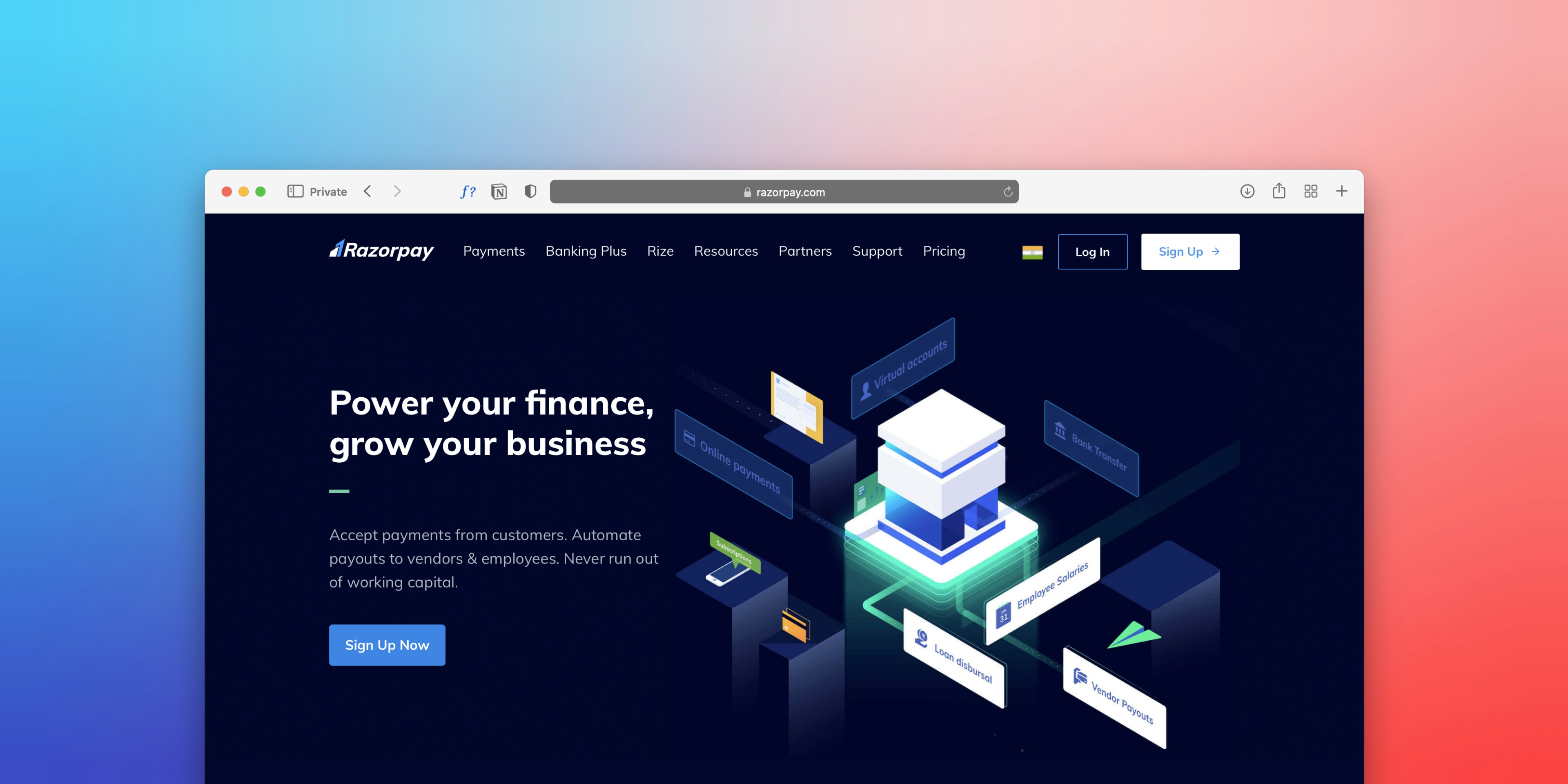
Introduction to the New Framework
The Securities and Exchange Board of India (SEBI) has recently announced significant changes to the framework governing Environmental, Social, and Governance (ESG) rating providers. This move aims to enhance transparency and efficacy in evaluating ESG performance and reporting. By introducing a subscriber-pays model, SEBI seeks to improve the quality of ESG ratings through financial incentive alignment between stakeholders.
The Subscriber-Pays Model Explained
The subscriber-pays model operates on the principle that entities seeking ESG ratings will fund the rating agencies. This change is intended to eliminate conflicts of interest where agencies might compromise their evaluations for corporate sponsorship. With subscribers, including companies and investors, footing the bill, the expectation is that ESG rating providers will deliver more objective and independent assessments, benefiting the entire market for ESG investments.
Implications for ESG Rating Providers and Stakeholders
This adjustment by SEBI could have far-reaching implications for ESG rating providers. By adopting the subscriber-pays model, these agencies will need to ensure they maintain rigorous standards to gain and retain subscribers. This accountability may lead to improved ESG ratings that truly reflect companies’ sustainability efforts. For stakeholders, including investors and consumers, this framework can enhance trust in ESG evaluations, potentially driving more capital towards sustainable enterprises.
Discover more from Techtales
Subscribe to get the latest posts sent to your email.